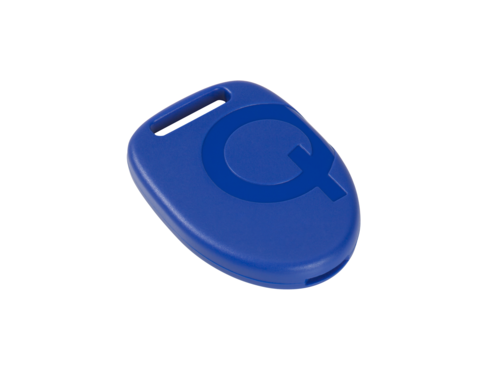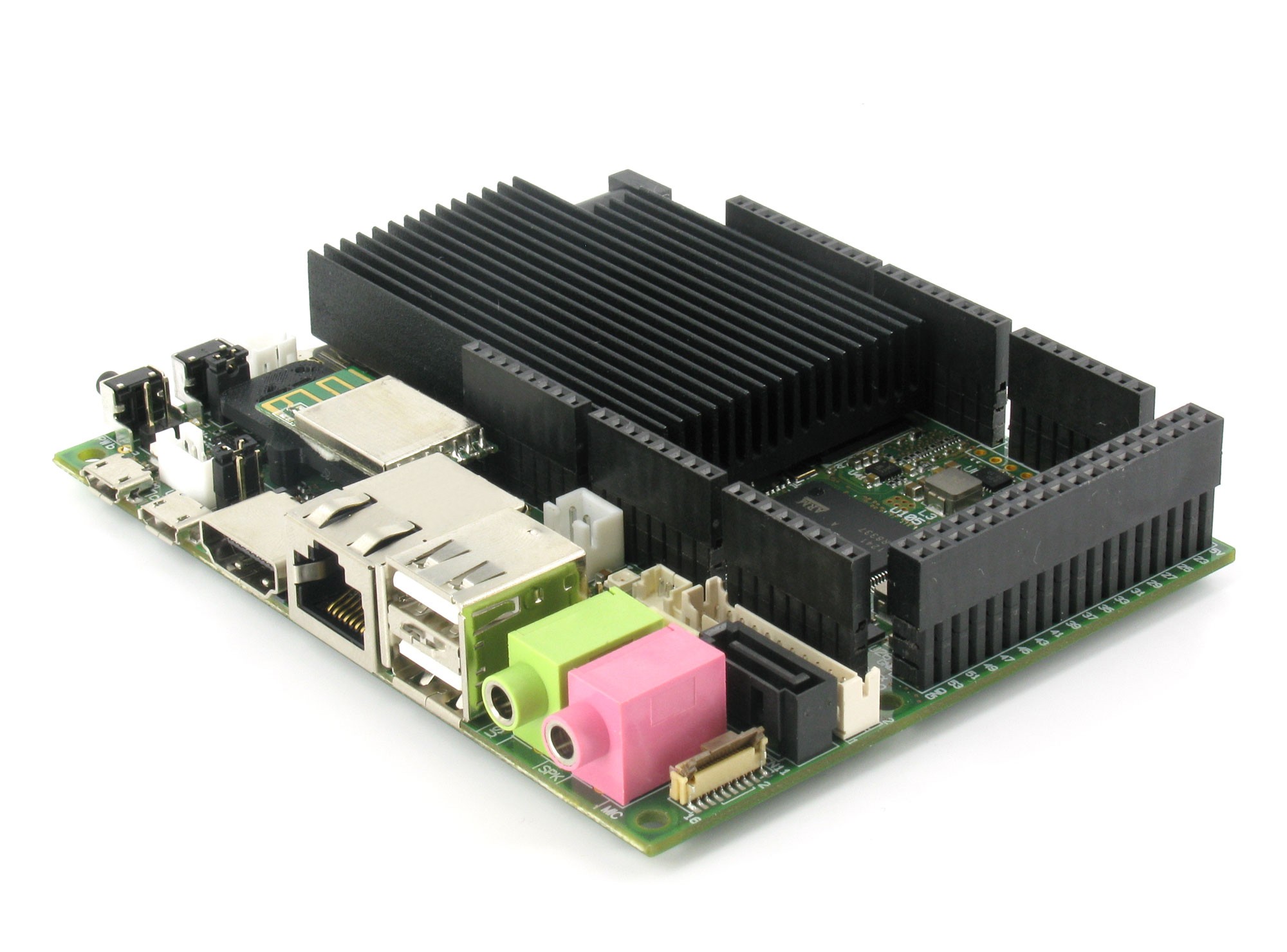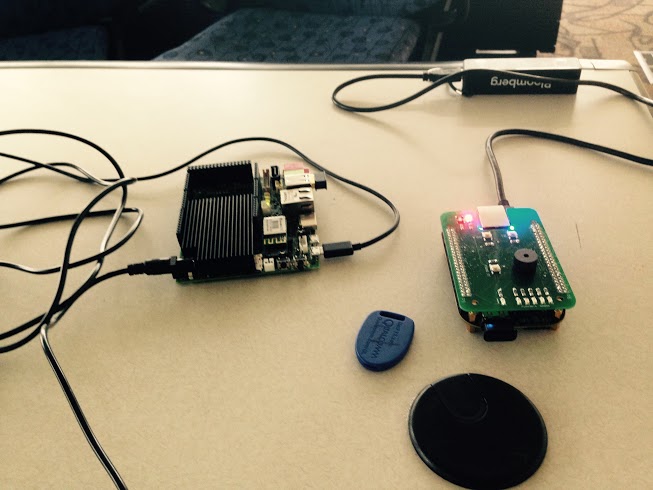Placeholder
A system to track the locations of your items easily
Motivation
Never want to lose anything again? With our home system, you'll never lose track of where your keys or other important items are in the house!

Competitive Analysis
Pixie
Tags you put on objects will talk to each other and can be located with your phone. Our's doesn't use the phone's camera to look for objects as the room it is in can be easily found.
Cool:
- Uses network of tags to increase accuracy
- Detects items in a suitcase to help you pack
Not Cool:
- As tags die, network weakens
- Relies on cell phone
Duet/Tile/TrackR and Stick-N-Find
Bluetooth tags you put on items so your phone can track them while in close proximity. Ours doesn't rely on you phone's Bluetooth being on, thus not draining battery and is made for a home environment so other people don't track your items.
Cool:
- Other people with app also detect your things
- Tags beep to help you find items
Not Cool:
- Poor reviews on Amazon
- Apps require Bluetooth to be enabled, draining phone battery
Requirements
- Functional: BLE beacons stuck on items transmit unique IDs to stations placed in rooms, which will update a web server with the item's location. Add-on finder will get information from web server and help locate the item once in the room where it is.
- Timing: Beacon locations will be updated in real-time and the add-on finder will be able to determine proximity to beacons in real-time as well.
- Reliability: If stations go offline will still continue to track items in other rooms. If beacons stop transmitting, the rest of the system will still function normally.
- Portability: Will be easy to set up and add-on finder will be portable within the house. Beacons may be placed freely.
Technical Specifications
Hardware Components

- 1GHz Sitara AM3358BZCZ100 CPU
- 512MB RAM
- SBC running Debian
- Bluetooth+WiFi Cape
- Note: Add-on only uses bluetooth and has a custom pcb

- 1.6in x 1.1in x 0.2in
- 0.23oz
- CR2032 Replaceable Battery

- 1GHz Freescale i.MX 6 ARM Cortex-A9 CPU
- 1GB DDR3 RAM
- Built-in WIFI Module
- Additional BLE Adapter Added
Software Components
Debian Linux 3.8.13
Programming the stations using Debian distro
Meteor
Javascript framework for building central web server
Protocols
Bluetooth Low Energy (BLE)
Tracking and finding items with beacons uses Bluetooth
IEEE 802.11
Stations communicate with primary station and web server via 802.11
Architecture

Use Cases
Passive: Location Tracking
- + First, set up stations and webserver on home WiFi
- + Place beacons on items to keep track of
- + Beacons fire intermittently and stations communicate their locations to webserver
- + Webserver keeps track of current location of all beacons
- + Can set a default room for items and webserver notify if item is no longer there
Active: Searching
- + Click search button for an item on webserver
- + Webserver sends a request to the all stations
- + Stations broadcast beacon id to add on and commands it to search for the item
- + Add on will display distance to item through LEDs
Interaction Diagrams
Passive: Location Tracking

Active: Searching

Project Milestones
January

- Idea was born
February

- Proposal submitted
- Started web server implementation with Django
March


- Started station implementation using two python scripts - a beacon scanner and a lightweight Flask server to receive messages from web server
- Added registration, unregistration, creating stations and items, calculating closest station and room for items on web server
- Feasability testing of item finder begins
- Item Finder changed from BLE mini/Atmega to BBB
- Code for Item Finder able to control LEDs, receive inputs, track RSSI value of specific UUID
- PCB layout finished (picture of schematic/layout)
April


- Station implementation changed to send data whenever beacon signal strength changed beyond a certain threshold, instead of sending all beacons at set intervals
- Item Finder detects loss of signal, turns off LEDs
- Item Finder finished
- Switched web server implementation to using Meteor to improve real time updates on web server. Refined UI. Updating stations with the latest IP address of the web server using WIFI and Bluetooth
- Used external Meteor web app to allow stations to get the IP of the web server
- Poster made
May

- Station implementation switched back to sending all beacons received in a 5 second time frame, averaging received signal strengths from each beacon
- Added robustness
- Final demo
- Final report and video finished
- Decided on a name for the hardware